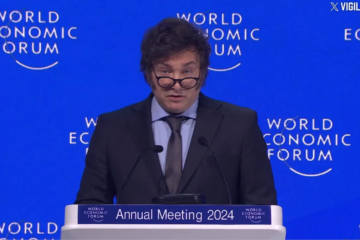Regulated or Non-Regulated? That is the Question
It is not uncommon to see regulatory requests for cryptocurrency-focused businesses to split activities into 2 parts: regulated and non-regulated.
For example, the licensed (e.g. regulated) entity may be dedicated to operations with fiat funds and fiat deposits, and non-regulated entity would be facilitating transactions with cryptocurrencies or managing cryptocurrency wallets. Alternatively, it's possible that the regulated side of the business will be focused exclusively on financial services and the non-regulated side would be offering technical, marketing and other support services.
If this question is relevant for your business – here are a few issues to consider:
- Think about which services will be subject to VAT (e.g. revenues from offering technical or marketing services) and exempt from VAT (transactional or foreign exchange fees) and what will be the VAT impact on pricing for your customers. It often makes sense to split activities across VAT lines, if possible and applicable.
- How you are going to share the data, people and processes across both entities? If both entities will share customers and need to have the same people and the same tools and will work towards the same deadlines and targets, it could be potentially a very good reason not to split.
- Will both entities have a direct relationship with the customer and collect their respective fees and revenues directly - or will you make one entity an internal cost center and another one a customer-facing revenue center?
- Are your entities going to be a parent and a subsidiary or do they need to stay independent?
There are no particularly right or wrong answers, and many business models are very unique, but hopefully, these questions could help you frame your internal discussions.
If you are not sure about your current situation, it might be a good idea to send your first inquiry to the regulatory body, introduce your business and ask for preliminary feedback. You can use this FREE template to compose your inquiry.

 DO NOT RELY ON THE STATE TO PROVIDE PROSPERITY OR STABILITY. WHEN SOMEONE BLAMES MARKET INEFFICIENCY AND ASKS FOR MORE REGULATION,
DO NOT RELY ON THE STATE TO PROVIDE PROSPERITY OR STABILITY. WHEN SOMEONE BLAMES MARKET INEFFICIENCY AND ASKS FOR MORE REGULATION,